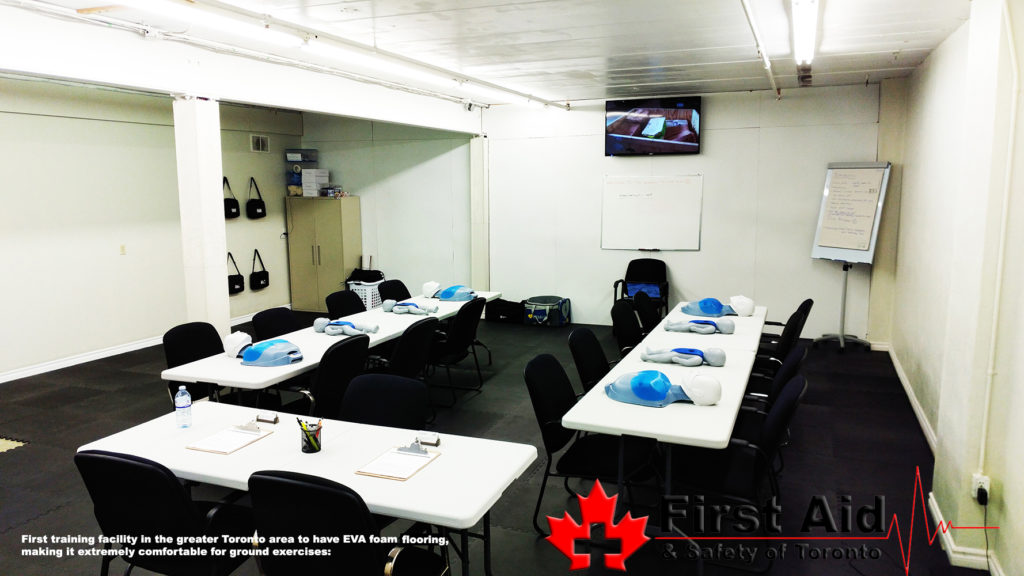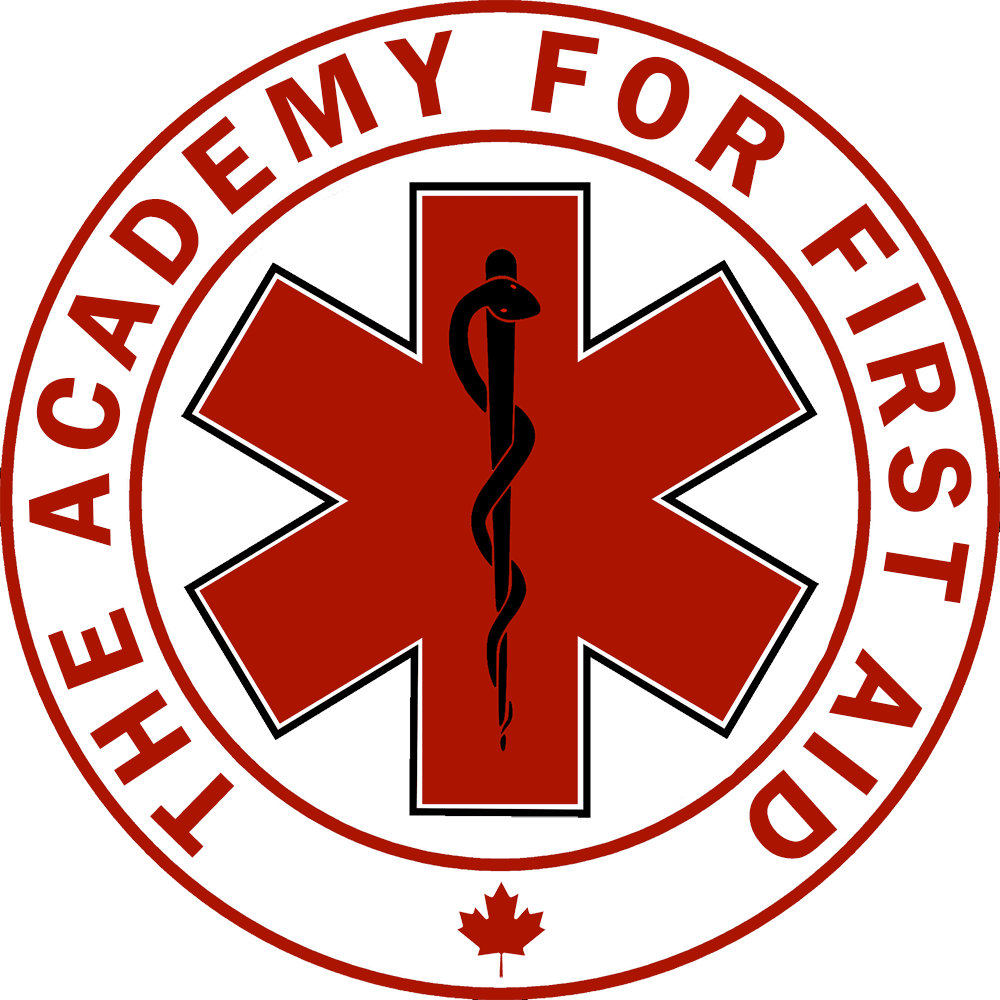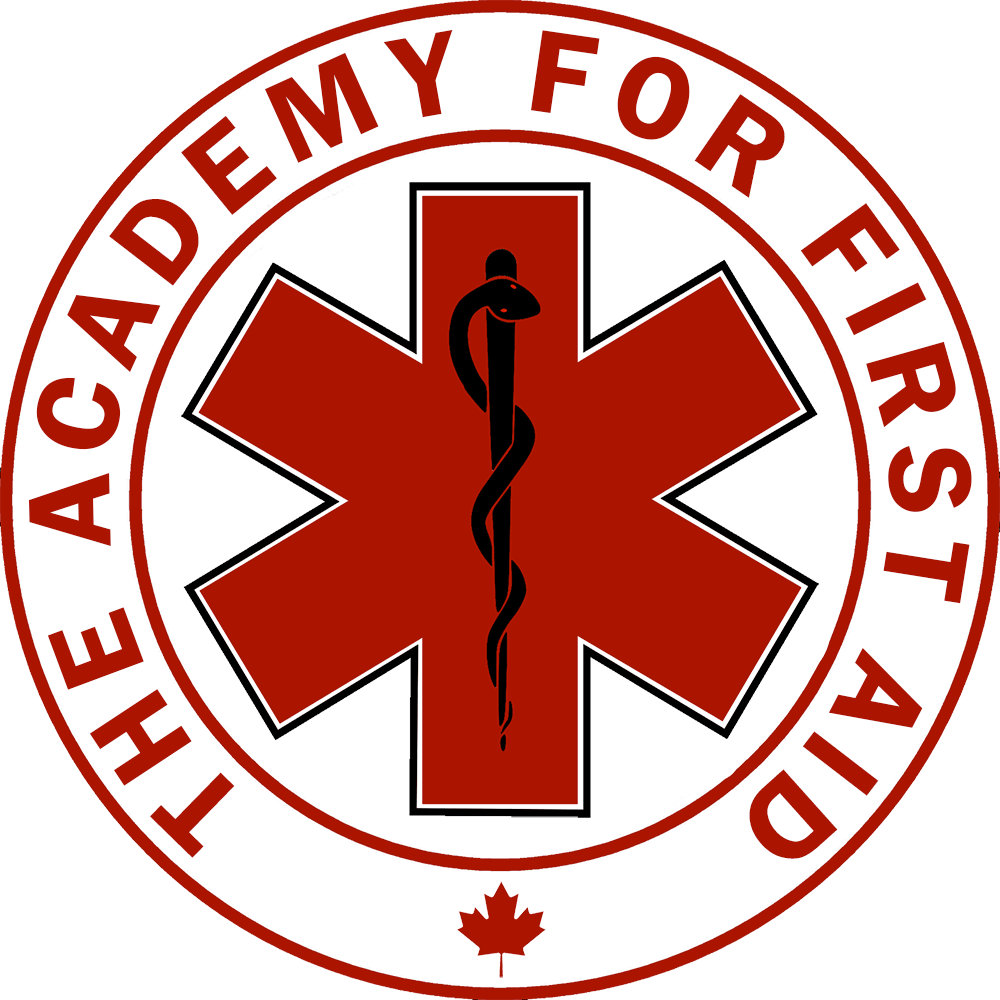
March 17, 2017:
It’s official: The Academy For First Aid and Safety of Toronto located at 2428 Islington Avenue is the first and only first aid training facility in the greater Toronto area to employ EVA foam flooring, making it extremely comfortable for students to perform CPR exercises.
Ethylene vinyl acetate (or EVA in abbreviation) is a 1/2 inch thick piece of soft foam and is commonly used in gymnasiums, rec centres, and martial arts training centres. The Academy For First Aid and Safety of Toronto decided to incorporate EVA foam flooring after feedback from students who complained that the hard tiled flooring was hard on their knees when performing CPR exercises on the ground.
We listened to our students and as a result, we went the extra mile, bypassing traditional carpeting in favour of a more luxurious EVA foam flooring for maximum comfort when performing ground exercises, such as CPR compressions.
– Kien Hoang: Canadian Red Cross First Aid Instructor
The Academy For First Aid and Safety of Toronto is extremely proud to be the first and only first aid training centre in the greater Toronto area to have EVA foam flooring at a facility which is 100% completely owned and operated by the business itself. The academy does not rent out temporary rooms by the hour or day, and the future is bright to expand to more locations and have EVA foam flooring at all of our facilities.
This is just another example of why you should choose The Academy For First Aid and Safety for your first aid & CPR training needs! Book a class now to see why!



